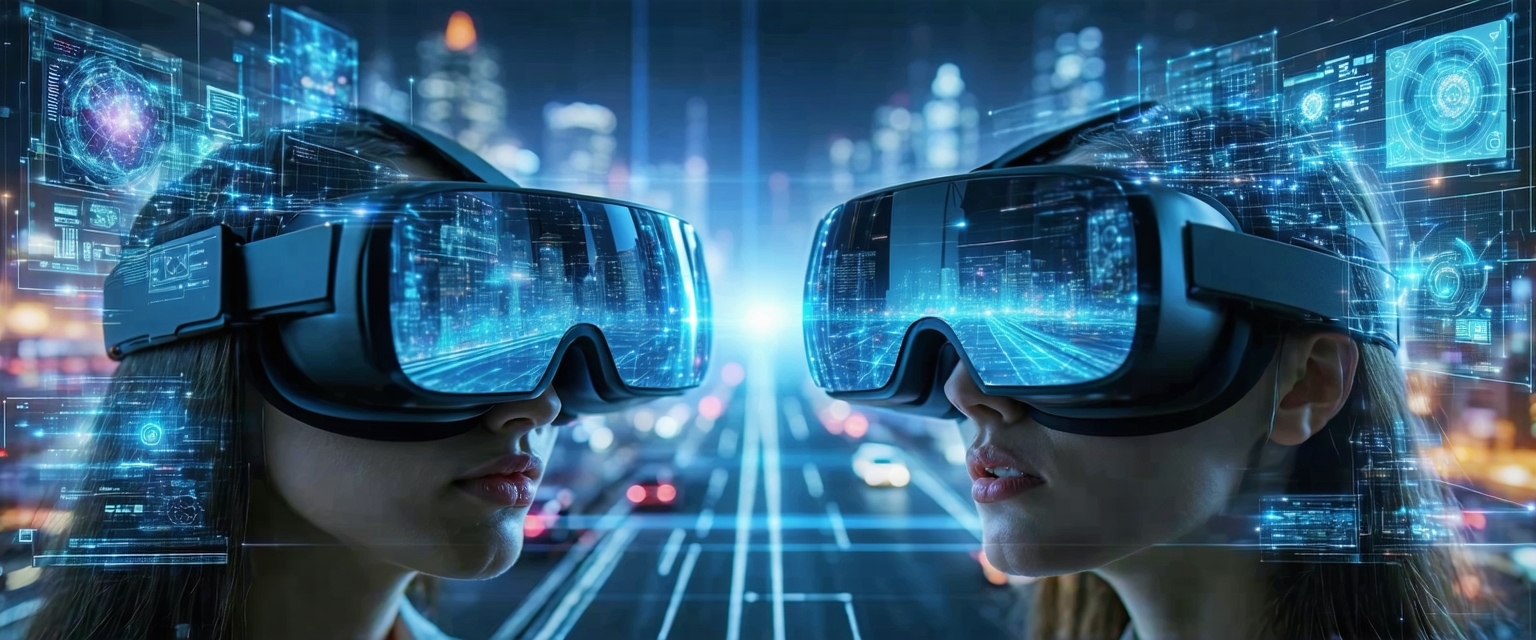






Virtual Reality (VR) and Augmented Reality (AR) technologies, once confined to science fiction, are rapidly transitioning from novelty to mainstream adoption. Decades of research and development, coupled with recent advancements in computing power and display technology, have fueled this transformation, leading to increasingly sophisticated and accessible applications across diverse sectors.
The conceptual foundations of VR and AR were laid in the mid-20th century, with early prototypes emerging in the 1960s. However, technological limitations, including processing power and display resolution, hindered widespread adoption. The 2010s witnessed a resurgence driven by the proliferation of smartphones, more powerful gaming consoles, and significant improvements in sensor technology. This period saw the launch of consumer-grade VR headsets, paving the way for wider market penetration.
The current landscape is characterized by significant advancements in several key areas. Headset design is evolving towards lighter, more comfortable, and higher-resolution devices, improving user experience. Haptic feedback technology, enabling users to feel sensations within the virtual or augmented environment, is becoming increasingly sophisticated. Furthermore, advancements in artificial intelligence (AI) are facilitating more realistic and immersive experiences.
Companies like Meta (formerly Facebook) are heavily investing in the metaverse, a persistent, shared virtual world. This focus underscores the growing belief in the transformative potential of VR and AR in areas such as social interaction, entertainment, and work.
According to a report by Statista, the global market for VR and AR is projected to reach hundreds of billions of dollars in the coming years. This growth reflects the increasing adoption of these technologies across various sectors. IDC, another market research firm, highlights the significant investment by major tech companies as a key driver of innovation and market expansion (Source: IDC Worldwide Quarterly Augmented and Virtual Reality Headset Tracker, Q4 2022).
Industry experts like Tim Sweeney, CEO of Epic Games, emphasize the potential of AR and VR to revolutionize how we interact with digital content and each other, creating new forms of entertainment and communication (Source: Various interviews and public statements by Tim Sweeney).
The future of VR and AR holds immense potential, but several challenges remain. Cost remains a barrier to entry for many consumers. Concerns about cybersecurity and data privacy in shared virtual environments also need addressing. Furthermore, the potential for addiction and the negative impacts on physical and mental health require careful consideration.
Despite these risks, the opportunities are substantial. Applications range from revolutionizing education and healthcare to transforming manufacturing and design processes. The metaverse concept, though still nascent, holds the potential to reshape how we work, socialize, and consume entertainment.
“`